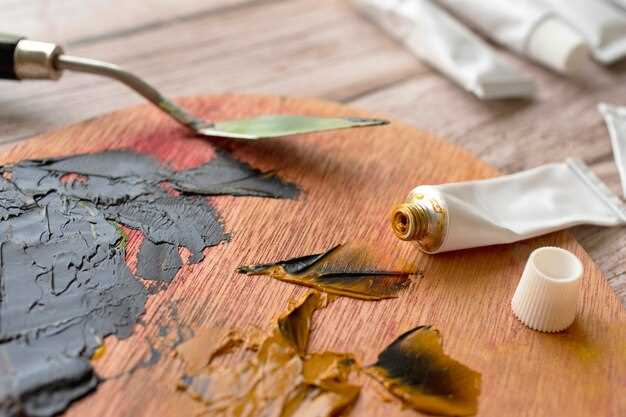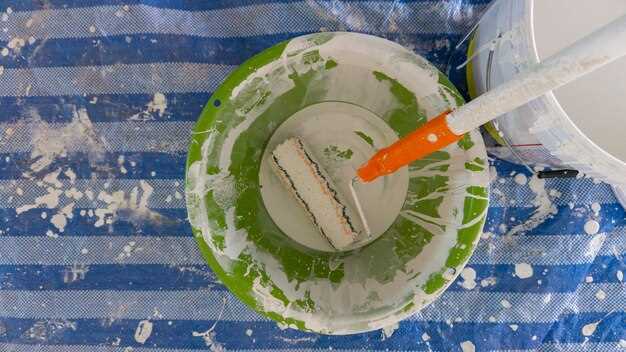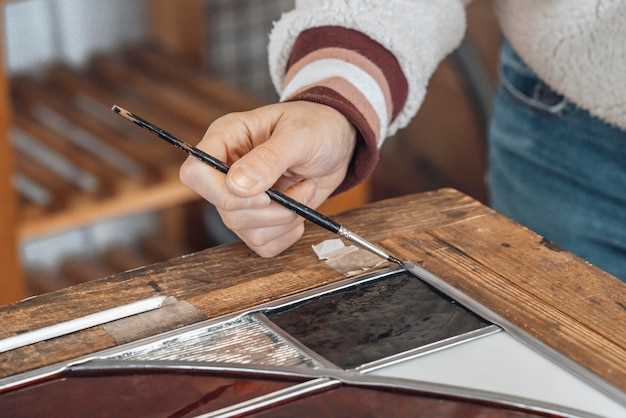
When it comes to restoring vintage items, the integrity of original paint is crucial for maintaining their historical value and aesthetic appeal. The patina that develops over time adds character, telling a story that new finishes simply cannot replicate. Therefore, understanding how to effectively preserve the original paint during restoration is essential for any conservator or enthusiast.
Preservation involves a careful balance of cleaning, repairing, and protecting the original surface without compromising its integrity. This process requires knowledge of different types of paint and their vulnerabilities to various restoration methods. Implementing the right techniques can help retain the unique qualities of the patina while ensuring the longevity of the piece.
In this article, we will explore various tips and strategies for preserving original paint during restoration work. From identifying the type of paint and appropriate cleaning methods to understanding how to make repairs without losing valuable surface characteristics, these insights aim to equip you with the tools needed to safeguard the original artistry.
Preserving Original Paint During Restoration: Tips

When engaging in restoration projects, preserving the original paint is crucial for maintaining the historical integrity and value of an object. One key component to consider is the patina, which can provide insights into the item’s age and authenticity. Here are some essential tips to effectively preserve original paint during restoration.
First, always conduct a thorough assessment of the paint condition before starting any restoration work. Look for areas where the paint may have worn away or developed cracks, as these spots may require special attention. It’s important to document the original paint layers and colors to ensure an accurate restoration process.
Use gentle cleaning methods to remove dirt and grime without damaging the paint’s surface. Avoid harsh chemicals and abrasive materials; instead, opt for mild soap solutions and soft brushes. This will help maintain the integrity of the original paint while preserving its unique patina.
In cases where repairs are needed, consider using reversible techniques. This means utilizing materials and methods that can be easily removed in the future without harming the original paint. For example, when applying new layers of paint or touch-ups, select colors that closely match the existing shades and textures, ensuring they blend seamlessly.
Temperature and humidity control are vital during the restoration process. Fluctuations can affect both the paint and the patina. Work in a controlled environment to avoid damage from excessive moisture or heat, which can lead to peeling or flaking.
Lastly, document every step of the restoration clearly. Taking photographs before, during, and after the work provides a record of the original paint and the restoration process. This documentation can be invaluable for future restorations and will help maintain the object’s provenance.
Understanding the Importance of Factory Paint in Restoration
Factory paint serves as the original finish applied by the manufacturer, encapsulating the vehicle’s authentic identity and history. Preserving this paint during restoration is crucial for several reasons. First, it maintains the value of the vehicle. Collectors and enthusiasts often seek out original, untouched finishes, as they signify authenticity and craftsmanship.
Secondly, factory paint often reflects the design intentions of the manufacturer. These colors, textures, and techniques were carefully chosen to complement the vehicle’s overall aesthetic. Alterations to the paint can disrupt this balance and detract from the visual appeal that the manufacturer intended.
Furthermore, original paint can provide insights into the vehicle’s history. It can reveal prior maintenance, repairs, and even accident history. By preserving the factory paint, restorers can maintain a comprehensive narrative about the car’s past, which is invaluable to both current owners and future potential buyers.
Moreover, factory paint technologies have advanced over the years, and replicating these finishes accurately can be challenging. Original paint formulations, including colors and coatings, may no longer be available or may differ significantly from modern equivalents. This makes the preservation of factory paint essential to achieving an authentic restoration.
Finally, keeping the original paint intact helps retain the vehicle’s charm and character. Each scratch and wear mark tells a story, adding depth to its journey. Carefully restoring around these features rather than erasing them fosters an emotional connection to the vehicle, enhancing the experience for enthusiasts and admirers alike.
Techniques for Maintaining Patina While Restoring Surfaces

Maintaining the original patina during restoration is crucial to preserving the historical value and aesthetic qualities of a surface. One fundamental technique involves careful cleaning. Use gentle, non-abrasive cleaners that won’t strip away layers of original paint or disturb the patina. Soft cloths and brushes are essential to avoid scratching the surface.
When addressing damaged areas, opt for spot repairs instead of full restorations. Fill in minor imperfections using compatible materials that match the original factory finishes. This approach minimizes the impact on the existing patina while maintaining visual consistency.
Another key method is to apply protective coatings that are breathable and non-yellowing. These coatings can shield the surface from further deterioration while allowing the underlying paint and patina to remain intact. Always test these products on inconspicuous areas to ensure compatibility with the original surfaces.
Consider the use of humidity and temperature control during the restoration process. Fluctuations can affect the integrity of original paint and patina. Keeping the environment stable helps in preventing unnecessary wear and tear during the restoration efforts.
Documentation of the existing patina and paint condition before any work begins is vital. High-quality photographs and detailed notes can help conservators make informed decisions throughout the restoration process, ensuring that original characteristics are carefully preserved.
Choosing the Right Products for Paint Preservation
Preserving the original paint during restoration requires careful selection of suitable products. Using the wrong materials can lead to damage or alteration of the factory finish. Here are essential considerations to keep in mind:
- Compatibility: Ensure that the products you choose are compatible with the existing paint. This includes solvents, adhesives, and cleaners that will not react adversely with the original factory paint.
- pH Neutral Cleaners: Use pH neutral cleaners designed specifically for painted surfaces. These products are gentle enough to avoid stripping the paint while effectively removing dirt and grime.
- Low VOC Solvents: Opt for low volatile organic compounds (VOC) solvents. These are safer for the environment and reduce the risk of damaging the factory paint during any restoration process.
- Conservation Varnishes: Apply conservation varnishes that offer protection without obscuring the original finish. Look for products that are reversible and removable, allowing for future restoration work if necessary.
- Specialized Wax or Sealants: Choose waxes or sealants specifically formulated for painted surfaces. These products can provide an additional layer of protection against moisture and UV damage.
- Restoration Kits: Consider using restoration kits that include all necessary components tailored for preserving original paint. These kits can simplify the process while ensuring high-quality results.
By selecting the right products, you can significantly enhance the longevity of the original factory paint, maintaining its appearance and integrity through the restoration process.






